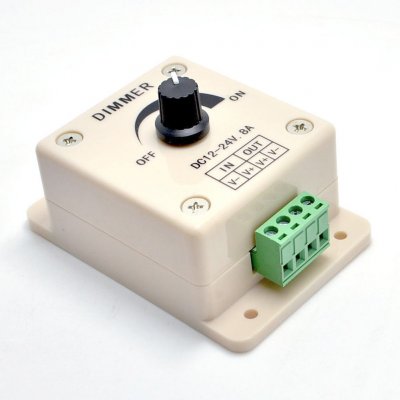rollingblunder
Active member
- Joined
- Feb 19, 2012
- Posts
- 34
Hello -
Is there a simple way to determine whether a "High Side" switch or "Low Side" switch is required to replace existing simple on off switch to overhead lighting in living area of 2017 Motorhome? 12v power to lights.
Thanks for any input.
Is there a simple way to determine whether a "High Side" switch or "Low Side" switch is required to replace existing simple on off switch to overhead lighting in living area of 2017 Motorhome? 12v power to lights.
Thanks for any input.

